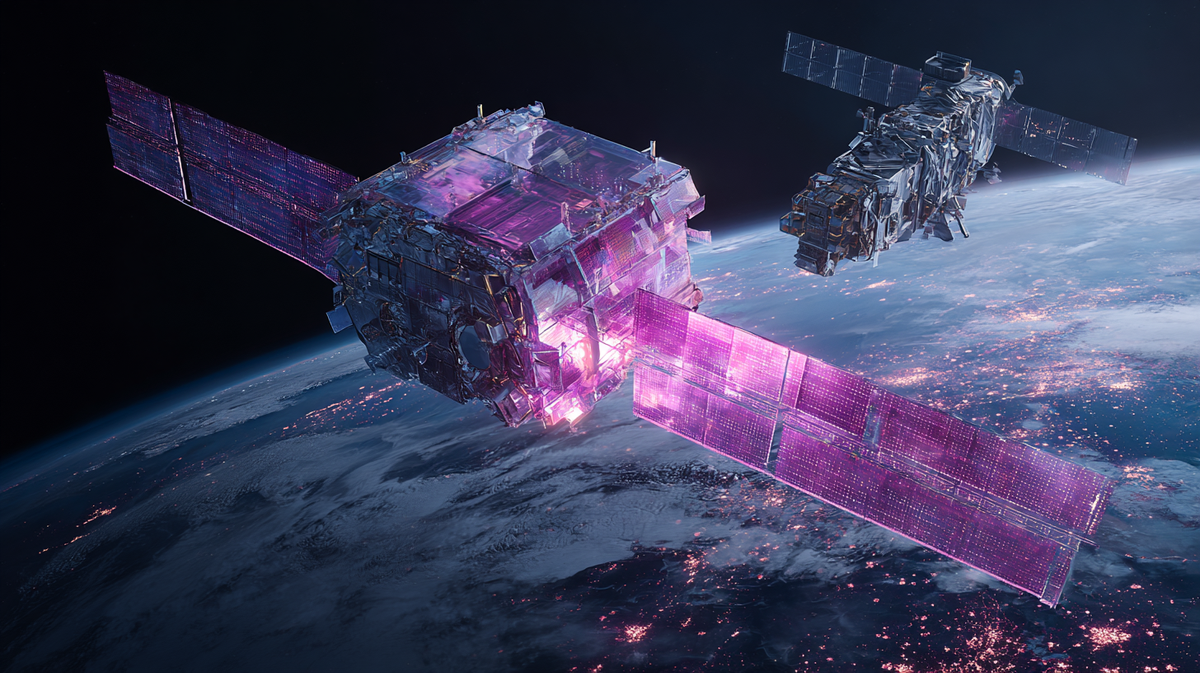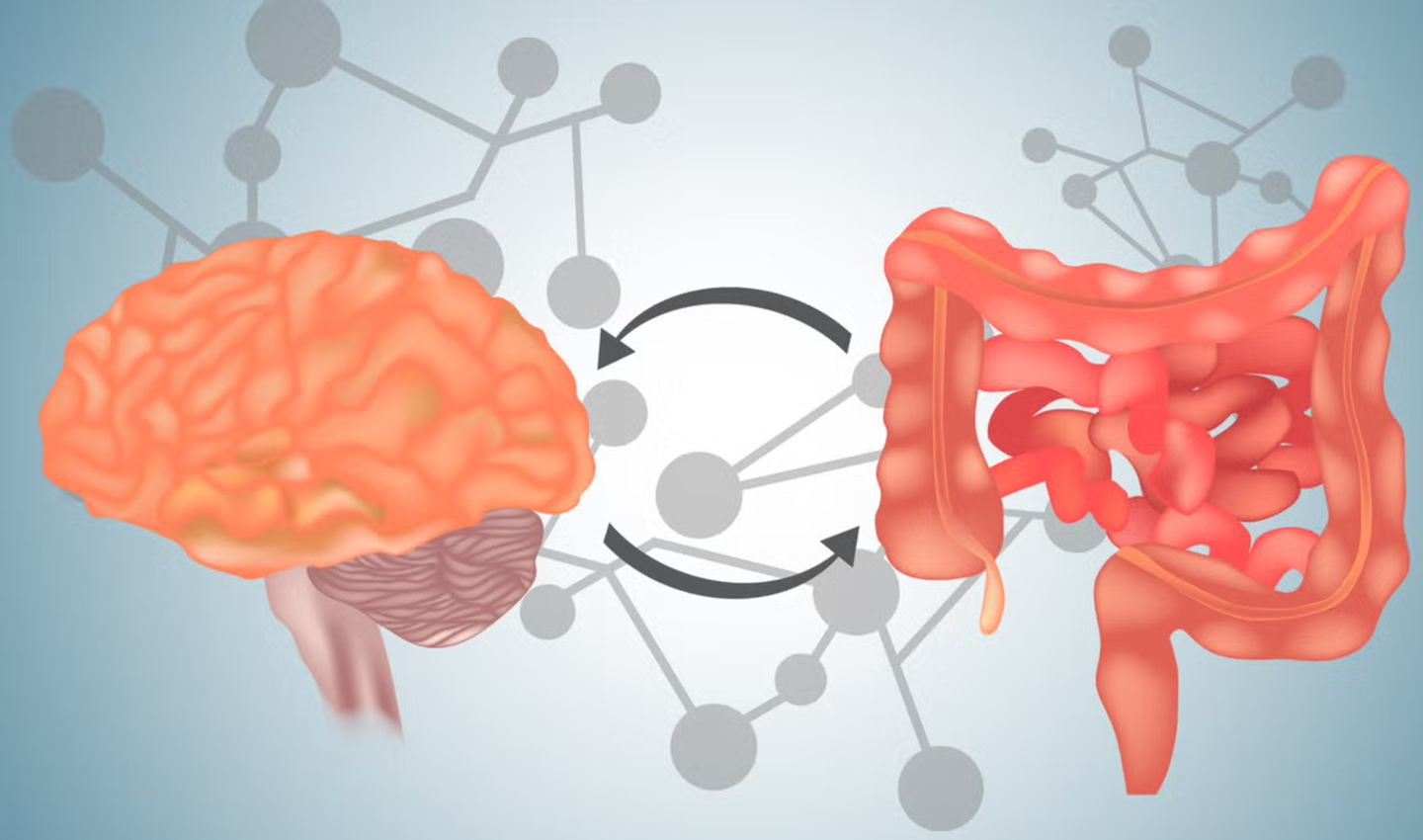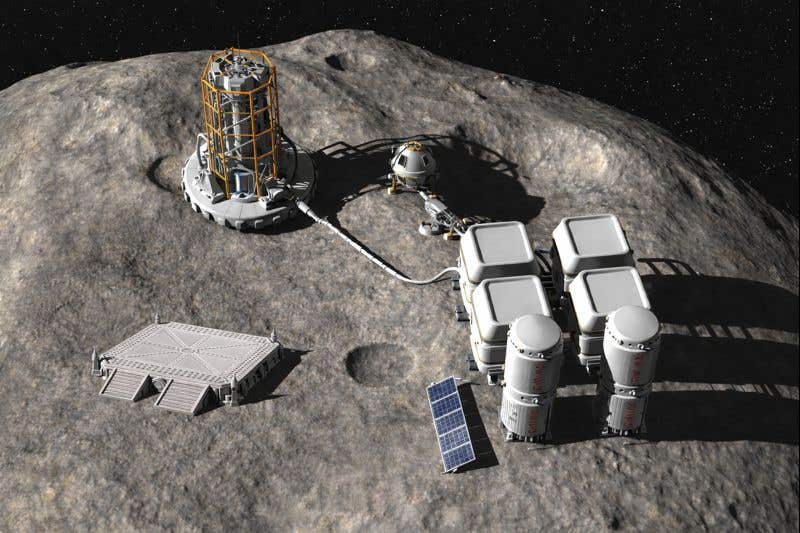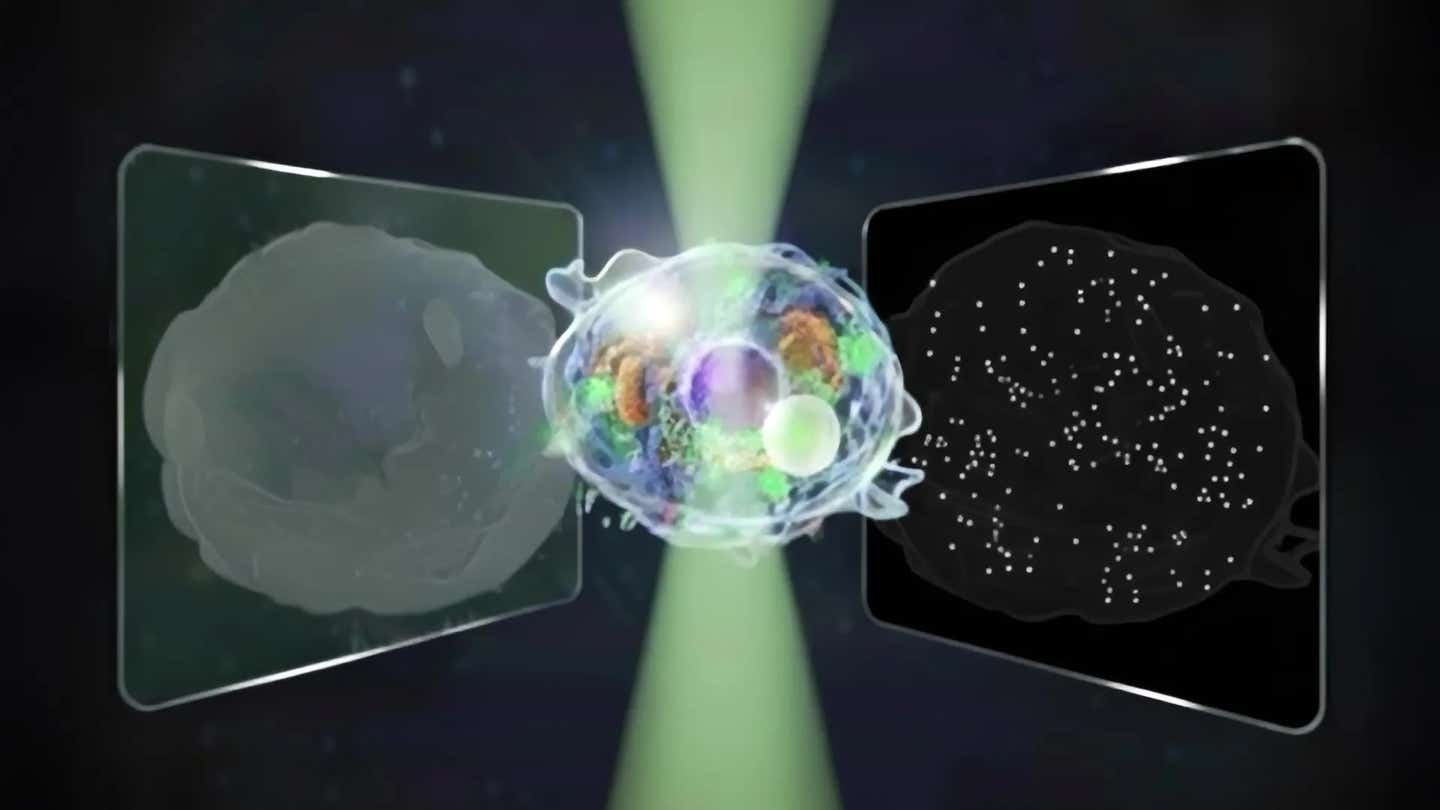First AI-powered self-monitoring satellite launched into space
A fast-built satellite launching in 2025 will use onboard AI to monitor and predict its power system’s health in real time.

AI-powered satellite launches in just 13 months, using real-time self-monitoring tech to predict system performance in orbit. (CREDIT: Midjourney)
A satellite the size of a mini fridge is about to make big changes in space technology—and it’s happening fast.
Researchers from UC Davis have created a new kind of satellite system that can monitor and predict its own condition in real time using AI. This marks the first time a digital brain has been built into a spacecraft that will operate independently in orbit. And the most impressive part? The entire project, from planning to launch, will be completed in just 13 months—an almost unheard-of pace in space missions.
A Faster Path to Space
Most satellite projects take years to develop and launch. But this mission, set to take off in October 2025 from a base in California, has broken records by cutting the timeline to just over a year. That’s due in part to a partnership between university scientists and engineers and Proteus Space. Together, they’ve built what’s being called the first “rapid design-to-deployment” satellite system of its kind.
A Smart Brain for the Satellite
The most exciting feature of this mission is the custom payload—a special package inside the satellite built by researchers. This package holds a digital twin, which is a computer model that acts like a mirror of the satellite’s power system. But unlike earlier versions of digital twins that stay on Earth and get updates sent from space, this one lives and works inside the satellite itself.
That means the satellite doesn’t need to “phone home” to understand how it’s doing. Instead, it uses built-in sensors and software to constantly check the health of its own batteries, monitor power levels, and decide what might happen next.
“The spacecraft itself can let us know how it’s doing, which is all done by humans now,” explained Adam Zufall, a graduate researcher helping to lead the project.
Related Stories
By using artificial intelligence, the satellite’s brain doesn’t just collect data. It also learns from it. Over time, the system should get better at guessing how its batteries and systems will behave next. That helps the satellite adjust its operations on its own, even before problems arise.
“It should get smarter as it goes,” said Professor Stephen Robinson, who directs the lab that built the payload. “And be able to predict how it’s going to perform in the near future. Current satellites do not have this capability.”
Working Together Across Disciplines
Building this kind of technology takes teamwork. The project brings together experts in robotics, space systems, computer science, and battery research. In addition to Robinson and Zufall, the team includes another mechanical engineering professor who focuses on battery management. His lab studies how batteries behave under different conditions, including in space.
Graduate students in engineering and computer science also play major roles. One student helps design the spacecraft’s software, while others work on how the AI makes predictions and responds to changes in power levels.
Together, they’ve built a model that can monitor voltage and other readings to understand how much energy the satellite can store and use.
The satellite will carry several other payloads, both commercial and scientific. But the real highlight is this AI-powered system that watches itself and adjusts on the fly.
What Happens After Launch
Once launched from Vandenberg Space Force Base, the satellite will move into low Earth orbit. It’s designed to stay active for up to 12 months, gathering data and testing its smart brain in the harsh conditions of space. This type of orbit sits a few hundred miles above the Earth’s surface—far enough to test the systems, but close enough for short communication times.
After its mission ends, the satellite will continue to orbit for another two years. By the end of its life, gravity and drag will pull it back toward Earth, where it will burn up safely in the atmosphere. This kind of planned decay helps keep space clean and reduces the risk of debris collisions.
The whole mission shows how fast and flexible future space projects might become. Instead of waiting years to build and test systems, researchers could design, launch, and operate smart satellites in a matter of months. That could open the door to more frequent missions, more advanced designs, and smarter satellites across the board.
Changing the Future of Spacecraft
Satellites that can take care of themselves offer big advantages. Right now, spacecraft rely on ground teams to tell them what to do, run checks, and respond to problems. This creates delays, increases costs, and adds risk.
By placing real-time digital twins on board, future satellites could adjust to problems on their own. They could shut down failing parts, save power when needed, or warn engineers of upcoming issues days in advance.
This would reduce the workload for ground teams and improve the life and safety of space missions.
The team behind this project believes their work is just the beginning. With more advanced AI tools and faster build times, space technology could move at a much quicker pace. More importantly, it could become smarter, more reliable, and more responsive to change. This satellite might be small, but it could help start a big shift in how space systems are built and run.
Research findings are available online on the UC Davis website.
Note: The article above provided above by The Brighter Side of News.
Like these kind of feel good stories? Get The Brighter Side of News' newsletter.



